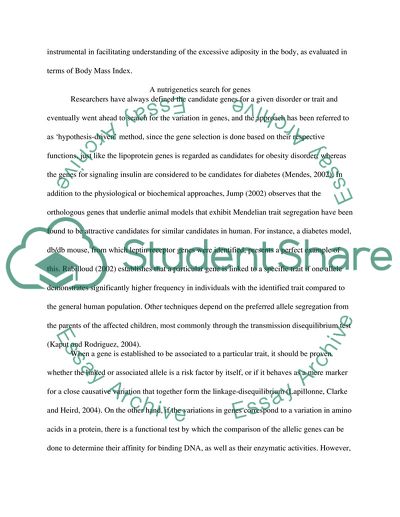Cite this document
(“Nutrigenetics the relation between Genes and nutrition APOA2 Dissertation”, n.d.)
Nutrigenetics the relation between Genes and nutrition APOA2 Dissertation. Retrieved from https://studentshare.org/health-sciences-medicine/1674780-nutrigenetics-the-relation-between-genes-and-nutrition-apoa2-concerning-cardiovescular-diseases
Nutrigenetics the relation between Genes and nutrition APOA2 Dissertation. Retrieved from https://studentshare.org/health-sciences-medicine/1674780-nutrigenetics-the-relation-between-genes-and-nutrition-apoa2-concerning-cardiovescular-diseases
(Nutrigenetics the Relation Between Genes and Nutrition APOA2 Dissertation)
Nutrigenetics the Relation Between Genes and Nutrition APOA2 Dissertation. https://studentshare.org/health-sciences-medicine/1674780-nutrigenetics-the-relation-between-genes-and-nutrition-apoa2-concerning-cardiovescular-diseases.
Nutrigenetics the Relation Between Genes and Nutrition APOA2 Dissertation. https://studentshare.org/health-sciences-medicine/1674780-nutrigenetics-the-relation-between-genes-and-nutrition-apoa2-concerning-cardiovescular-diseases.
“Nutrigenetics the Relation Between Genes and Nutrition APOA2 Dissertation”, n.d. https://studentshare.org/health-sciences-medicine/1674780-nutrigenetics-the-relation-between-genes-and-nutrition-apoa2-concerning-cardiovescular-diseases.


